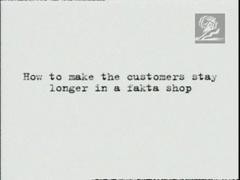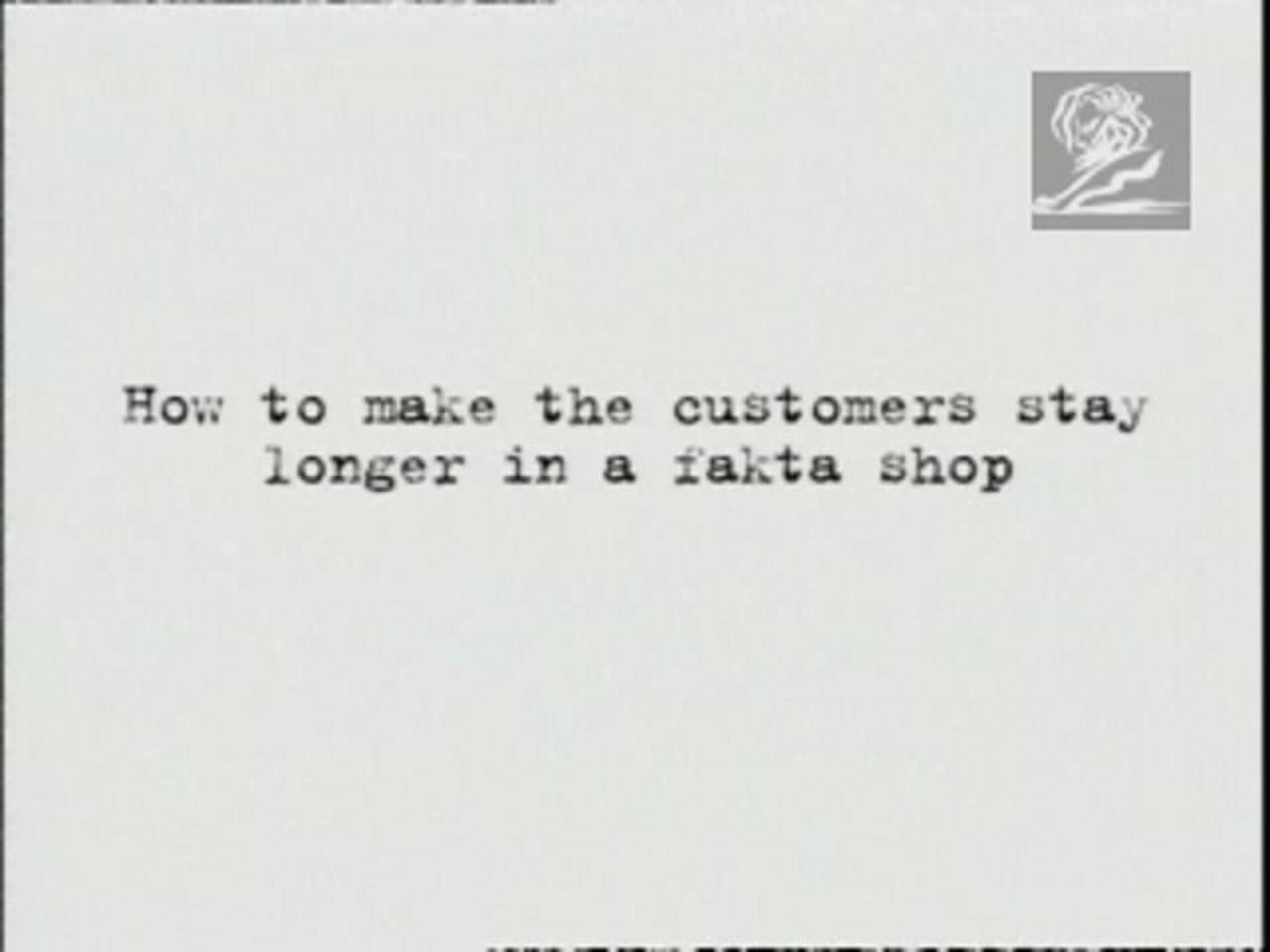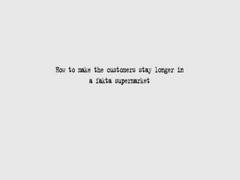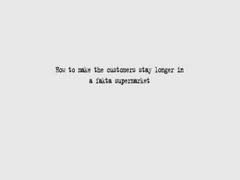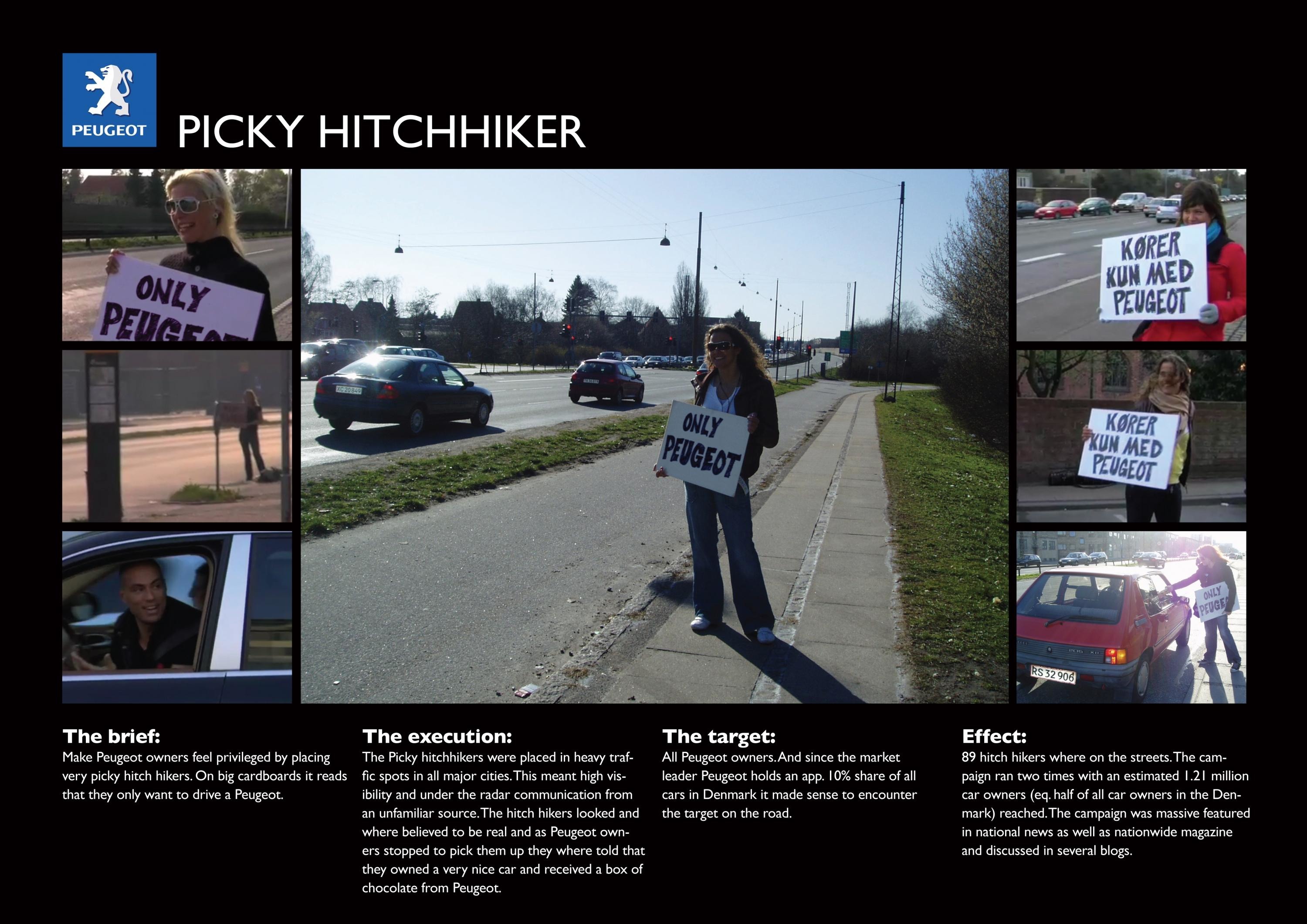Media > Culture & Context
THE RESELL TAG
UNCLE GREY, Copenhagen / SAMSØE SAMSØE / 2022
Awards:

Overview
Credits
Overview
Why is this work relevant for Media?
The Resell Tag provides a seamless solution to an important issue. Establishing a real life activation for by highjacking a normally tiresome customer journey and transforming it into a few clicks.
The "Tag" creates an experience that not only communicates a brand ambition but brings it to life in an innovative solution that automates a series of touch points to make the customer experience easy in a retail environment.
It leverages a simple media "the tag" in the back of the item as the central touch point to start an automated process and solve an issue, communicating the brand ambition.
Background
The fashion industry is one of the most polluting industries in the world responsible for 10% of global CO2 emissions and an increasing amount of clothing that gets worn less and less. And sometimes not at all.
Since 2002 the average usage of an item of clothing has decreased with more than 85% according to data from Euromonitor. And studies have shown that 33% feels that a piece of clothing is “old” after having worn it just three times.
Scandinavian fashion brand Samsøe Samsøe wanted to make sure that the clothing they produce actually gets worn. If not by the original owner then by making it as seamless as possible to resell the item to someone who is going to make it an active part of their wardrobe. The ambition being to position Samsøe Samsøe as a leader in sustainable innovations within the fashion industry.
Describe the creative idea / insights
An integrated re-sell campaign.
“The Resell Tag” is a unique scannable code in each piece of clothing that will activate a series of digital actions, automatically creating a sales ad for the item and promoting it across Facebook and Instagram.
Each item will have a micro media budget attached to it allowing for a hyper targeted campaign to be activated to help create interest and find a new home for the item.
The Resell Tag is designed to activate a series of datapoints that is assigned to each tag and make the reselling of the particular item as quick and painless as possible. Making sure that clothing will not end-up in that landfill in your bedroom known as “the back of your closet”. Instead making sure that the clothes will see the light of day and be worn until they have been worn out.
Describe the strategy
Our primary target audience were the young professionals living in urban areas. As a secondary focus the brand wanted to increase consideration amongst a younger target group for whom sustainability is high on the agenda.
With The Resell Tag we wanted to take a different approach.
Instead of talking about sustainable production we wanted to address a larger (and often overlooked) underlying problem.
Fact of the matter is that no matter how sustainable clothing production becomes it will always leave a footprint. The real problem is that when clothes are only worn a few times and end up in the back of your closet they environmental impact becomes even more of an issue.
Through the Resell Tag initiative Samsøe Samsøe is addressing this issue by making their clothes the most re-sellable clothing on the market. And lowering the "work" of reselling through a frictionless tool built into the product.
Describe the execution
The idea required two elements to be successfully implemented.
First, a label in the clothing with a unique scannable code.
Second, a digital platform from where the owner could activate their resell listing.
Sounds simple but it required heavy integration with different digital tools and platforms to ensure a truly seamless experience.
The initiative went live with a limited number of items from the current collection that worked as proof of concept. Currently more products are being added to the initiative and more collections is set to follow.
The Resell Tag was promoted via the front windows of Samsøe & Samsøe stores. The goal being to attract the heavy shoppers who is experiencing the "back-of-the-closet-syndrome" the most.
Through digital consumers are targeted - giving them a new and more sustainable option when shopping for clothes. Plus an seamless way to pass it on to a new owner.
List the results
The initiative was launched on April 14th so the results are still coming in as people still haven't grown (luckily) grown tired of their newly acquired clothes.
However, the response has been very positive among the audience who have been visiting the stores. Stressing how this really solves a problem they meet every time they open their closet: too much stuff in there - a lot of it they want to sell but they never get it done as it's too much work.
It was also clear how customers' perception about the value of their used clothes changed as they became aware about the underuse of clothes and overuse of the planet's resources and realised the impact they have had themselves.
By liquidating items at "the back of closet" they could create a win for their own pockets and a win for the planet.
Please tell us how the brand purpose inspired the work
"Proving we don’t need to sacrifice style for sustainability."
Samsøe Samsøe environmental commitments reads: "We are committed to taking the necessary steps to constantly improve our environmental footprint. [...] A global shortage of vital resources makes it necessary that we will prioritise the use of recycled materials such as recycled cotton." Furthermore, they "[...] will regularly assess relevant technological opportunities[...]" to help lower their impact on the planet. This translates into their purpose: To prove we don’t need to sacrifice style for sustainability.
Based on this purpose, Samsøe Samsøe wanted to make sure that the clothing they produce actually gets worn by making it as seamless as possible to resell the item - through a new opportunity made possible by an innovative use of technology. Thereby supporting their purpose of staying sustainable in style.
More Entries from Corporate Purpose & Social Responsibility in Media
24 items
More Entries from UNCLE GREY
24 items








